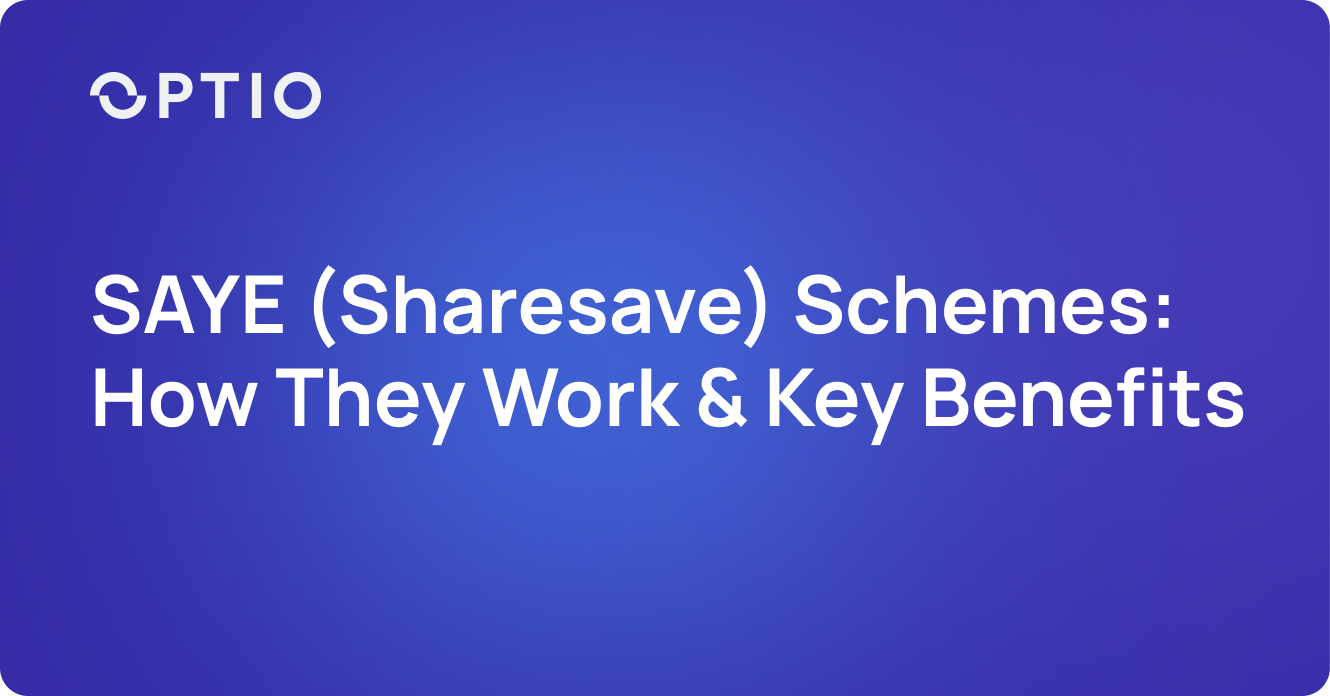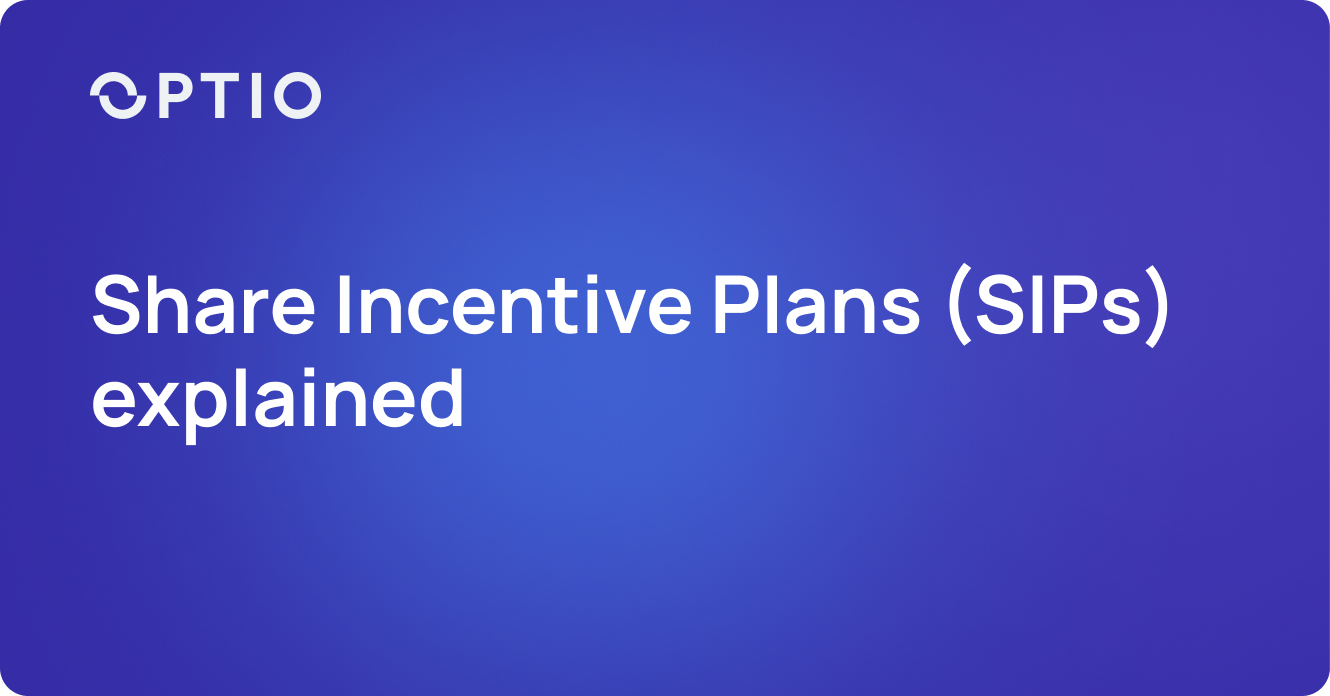Written by Kristian Piippo
Are you a founder planning on launching your first option program? Or are you hiring a new C-level talent to your organization? Then you might have asked yourself how much equity you should give out. Don't worry, you are certainly not alone.
In this article we will give an overview of some of the most important aspects you should consider before designing or going live with your equity program for employees.
Let’s start off with a couple definitions to make sure we are on the same page.
Total pool: the total number of shares the company is allowed to give out based on the mandate received from the owners of the company (the shareholders). This is typically given at the General Meeting (also called General Assembly) and the number is denominated in number of shares or as a percentage of the company’s outstanding shares.
Total outstanding instruments: this is the total number of instruments that has already been given out to participants of your program. This number is also often called allocated/granted instruments.
Although each company is unique and you should carefully consider your company’s situation, there are some general allocation metrics companies often steer by. For simplicity and since it is the most used instrument for early-stage companies, we will focus on options in this article.
Total allocation
US based companies are generally more generous with their equity programs compared to their European peers but the levels we generally see in Europe are adjusting upwards. We often see startups and scaleups with total pools (allocated + unallocated) of 5-15 %, but this varies dependent on the lifecycle of the company, location, funding, and much more.
We always recommend thinking long term; make a plan for hiring which is connected to your business plan and keep a portion of your pool unallocated so you are prepared to award new hires, extraordinary awards to current hires or other sudden changes.
Investors and VCs often have an opinion on how much you should be giving out and we recommend that you touch base with your owners if they have strong opinions on this. If you just raised capital, it might be that your new owners will require you to implement an equity program and have a saying in the design.
As an example, Balderton Capital recommends that the total pool of options available for employees is 7.5 – 10 % when the company is in seed to Series A stage. The pool will then usually increase somewhat as the company grows and Balderton recommends the pool to be around 12 – 15 % as the company approaches Series C stage and beyond. Index Ventures has similar recommendations and even extends their recommendation for series C companies to have a total pool of 20 % of outstanding shares.
Remember that even though many VCs and “experts” recommend increasing your total pool percentage as the company grows, a steady total pool percentage can also work. This is because a total pool percentage (e.g., 10 %) will increase in terms of number of options as the company increases the total outstanding shares after funding rounds.
Example: Your total pool might be 10 % at Seed stage when there are 1 000 000 shares in the company, meaning your total pool is 100 000.
You then do your Series A and issue 200 000 new shares. Your new number of outstanding shares is 1 200 000, which means your total pool is now 120 000. This might be enough for your equity program, or you may have to increase the total pool dependent on your needs.
Individual allocation
Individual allocation is as much an art as science and is extremely variable from company to company. One of the common ways to find the right allocations to employees is giving a certain percentage of their salary or saying that the first 5-10 hires should have a certain percentage of the company in options.
Index Ventures recommends the first couple of hires (when the company is still pre-seed) to receive options at grant equivalent to 1 – 1.5 % of outstanding shares. They further recommend giving options equivalent to 40 – 85 % of salary at seed stage, dependent on seniority and whether the hire is technical or not. From there on towards later funding rounds, the percentage of salary will increase as you will have to hire senior talent, but also shrink in the other end of the spectrum as more entry level roles like customer success and support will receive less options. Index also urges companies to give options to everyone, at least the first 250 employees.
This is a view we strongly support given the many positive benefits of equity. Read more about why implementing equity matters.
Although we have described various guidelines for individual grant sizes, we recommend that you carefully consider your company’s individual situation and your current and prospective employees. Business risk, the profile and seniority of your future hires, hiring plan, cash need, salary levels and future funding rounds are only some of the aspects you should keep in mind when determining individual grant sizes.
Example: If you currently cannot give any employees much salary and there is significant business risk, you may have to increase the equity allocation to your first hires significantly above the guidelines we have described. Conversely, you might be a well-funded startup with employees in need of high base salaries who might not either value options as much as cash. Then it can be more fitting to slightly reduce the option allocations.
In addition to the above, we strongly recommend that you consider how you communicate the individual allocations to your hires. After working with hundreds of companies, we see time and time again how too many companies slack in their communication. The result is that employees don’t understand what they have received and what the potential gains are, they become unhappy with the allocation size and you ultimately miss out on the desired effects from the equity program.
Are you unsure about what is right for your company? Get in touch for a free consultancy call!
Disclaimer: This article is for educational purposes only, and the considerations listed are not exhaustive. Each company’s situation is different and should be evaluated on a case-by-case basis by experts.




